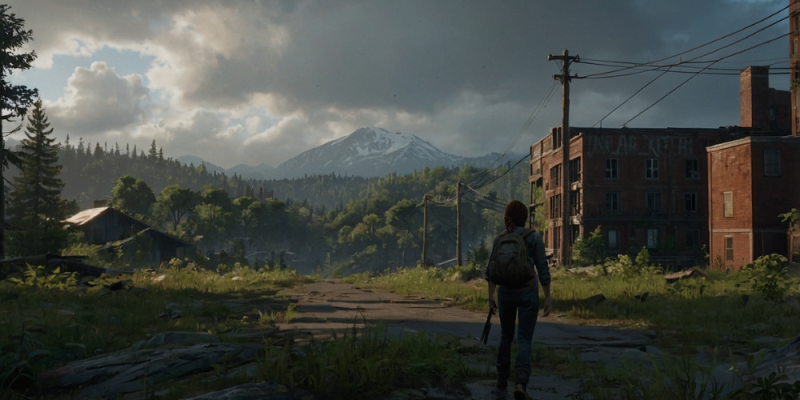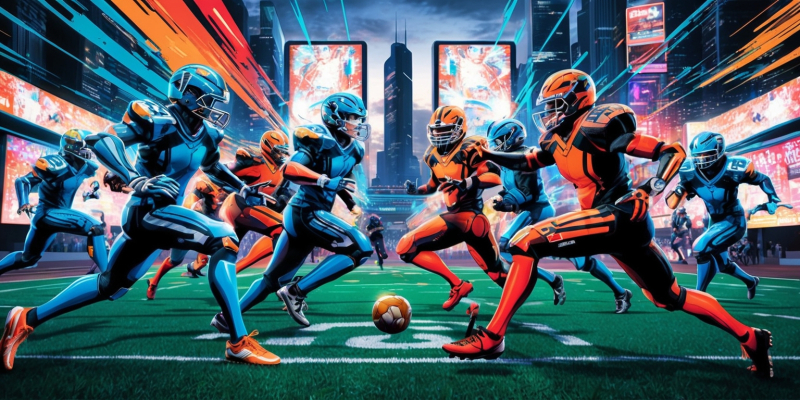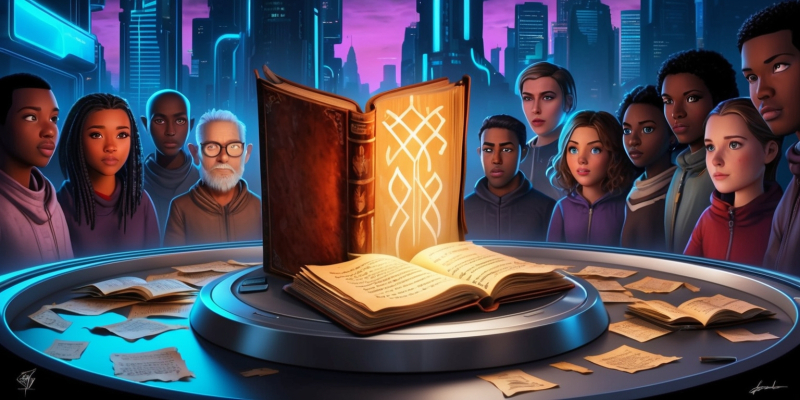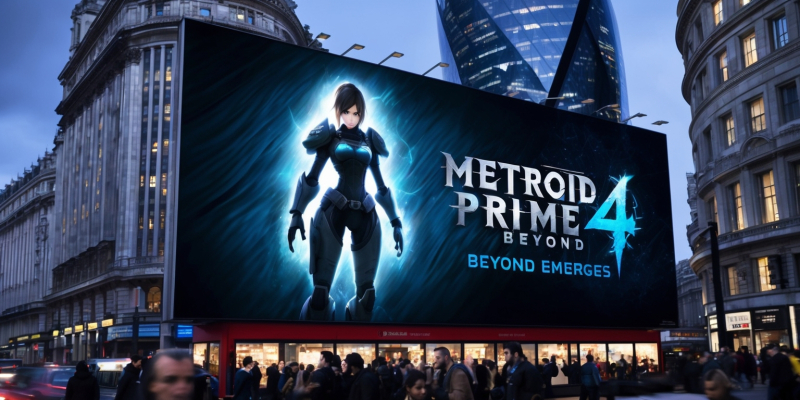Narrative Techniques in The Last of Us Part II and Their Emotional Impact

Playing The Last of Us Part II was an experience unlike any other. As I settled into the gripping world created by Naughty Dog, I found myself entangled in themes of loss, revenge, and the complex nature of humanity. The narrative techniques employed in this game have left a profound emotional impact on me, resonating long after the credits rolled. Through various storytelling methods, I was drawn into the depths of each character's journey, feeling every triumph and tragedy.
Unconventional Structure
The narrative unfolds in a non-linear timeline, which captivated my attention immediately. By weaving in flashbacks and shifting perspectives between Ellie and Abby, I was not only kept on my toes but also forced to confront my biases. Each character's backstory unfolded in layers, providing depth and context that made me question my own initial judgments. Feeling the raw emotions from both sides was a rollercoaster that had my heart racing.
Character Development
Characterization was a standout element in The Last of Us Part II. As I navigated the world, I watched Ellie evolve from a hopeful survivor in the first game to a character plagued by revenge and sorrow. Her transformation was depicted masterfully, providing a deep emotional connection that made me empathize with her pain. I felt every ounce of her anger and yearning for justice, allowing the narrative to pull me deeper into her struggle.
Ludonarrative Dissonance
The game wisely employs ludonarrative dissonance—the clash between gameplay and narrative. As I engaged in brutal combat on my quest for vengeance, I often found myself conflicted. While the gameplay mechanics pushed me to act aggressively, the emotional weight of Ellie’s story reminded me of the cost of such actions. This tension heightened my experience, making me think critically about the nature of violence and its repercussions.
Symbolism and Motifs
Throughout my journey, recurring symbols and motifs enhanced my understanding of the storyline. For instance, the use of the guitar as a symbol of connection and loss resonated deeply. Each time Ellie played, I felt the weight of her memories, her happiness intertwined with her grief. The music brought forth the emotional landscape of her past, serving as a poignant reminder of what was lost to her.
Combat as Narrative
The combat system, while largely a means to progress through the story, served to reinforce emotional stakes. When encountering enemies, I was often reminded of the larger implications behind each fight. The stakes were personal, and every kill felt like a loss of humanity. The visceral nature of the gameplay made me think about vengeance in a way that was both exhilarating and haunting. I was constantly reminded that every action had an emotional consequence.
Environmental Storytelling
The world itself told stories through its design. As I navigated through desolate cities overrun by nature, I felt an eerie sense of nostalgia. Every building, every drop of graffiti spoke volumes about the world that had fallen apart. Through meticulous environmental details, I was able to piece together narratives of different lost lives, fostering a sense of empathy towards those who once thrived in this broken world.
Dialogue and Voice Acting
The voice acting in The Last of Us Part II deserves special mention. Each character’s performance was raw and authentic, making their emotions palpable. I found myself hanging on every word, feeling the weight of their conversations and the underlying tensions. Moments of silence were just as powerful as spoken words, conveying unspoken grief and despair that resonated with me deeply.
Moral Ambiguity
The game’s refusal to present clear heroes and villains added another layer to my emotional experience. Both Ellie and Abby acted out of pain and desperation, forcing me to confront my own moral judgments. It challenged me to embrace the complexity of their situations. I often questioned what was right and wrong, and the nature of revenge as I witnessed their journeys unfold. This constant moral grayness kept my emotions in turmoil.
Parental Relationships
The depiction of parental relationships provided a haunting backdrop to the story. As I saw the bond between Ellie and Joel, as well as the intricate dynamics between Abby and her father, I felt the depth of their love and the indelible scars left by loss. These relationships significantly impacted the narrative, illustrating how love and grief can intertwine and influence our actions, often with tragic results.
The Role of Secondary Characters
Supporting characters played pivotal roles in shaping the narrative. Along the way, I met individuals who influenced both Ellie and Abby’s journeys. Characters like Dina and Owen added layers to the main storyline, giving me insights into their hopes and fears. Losing them ultimately deepened my emotional investment in the narrative, making the stakes feel impossibly high.
Themes of Revenge and Consequences
The overarching theme of revenge permeated every aspect of the game. From the very beginning, I was thrust into a world where vengeance drove actions. Witnessing Ellie’s unrelenting pursuit made me acutely aware of how revenge can be a double-edged sword, consuming those who seek it. As I progressed through the game, the emotional turmoil tied to this theme weighed heavily on me, amplifying my sense of foreboding.
Use of Flashbacks
The strategic use of flashbacks was another technique that enriched the narrative. I found myself reflecting on Ellie’s past experiences at critical moments, which deepened my understanding of her psyche. Each flashback acted as a lens through which I could view her struggles, creating a poignant contrast with her current reality and amplifying my emotional connection to her journey.
Ambiguous Endings
The Last of Us Part II concluded on a note that felt both haunting and ambiguous. As the credits rolled, I was left in a contemplative state, pondering the outcomes for both Ellie and Abby. The unresolved nature of their narratives mirrored the complexities of real life, where closure is often elusive. This thought lingered with me, highlighting the emotional weight of unresolved trauma and the cyclical nature of pain.
Immersive World-Building
Finally, the immersive world-building drew me into every little detail. The environments, sound design, and attention to realism made me feel like I was truly part of this post-apocalyptic landscape. Each corner I explored revealed new layers of stories waiting to be uncovered. This sense of immersion heightened my emotional reactions, as I was not merely observing the narrative unfold—I was living it.
Final Thoughts on Narrative Techniques
As I reflect on my journey through The Last of Us Part II, I can’t help but appreciate the intricate narrative techniques that crafted such an emotionally charged experience. Through a combination of character development, moral complexity, and environmental storytelling, the game resonated with me on multiple levels. The emotional impact has lingered far beyond my time with the controller, leaving me to ponder the nature of revenge, love, and the many shades of humanity presented in this extraordinary tale.
Most Popular
-
![]() Top Apps
Project Egoist: Where Anime Style Sparks Tactical Football Fire
Roblox: Project Egoist stands as a vivid testament to the creativity and technical ingenuity of its...
Read more
Top Apps
Project Egoist: Where Anime Style Sparks Tactical Football Fire
Roblox: Project Egoist stands as a vivid testament to the creativity and technical ingenuity of its...
Read more
-
![]() News
Retold Legends: Navigating Nostalgia in a New Sci-Fi Adaptation
The recent buzz surrounding the upcoming science fiction adaptation has stirred up excitement and co...
Read more
News
Retold Legends: Navigating Nostalgia in a New Sci-Fi Adaptation
The recent buzz surrounding the upcoming science fiction adaptation has stirred up excitement and co...
Read more
-
![]() News
Metroid Prime 4: Beyond Emerges on London Billboards, Igniting Fans' Release Date Speculation
This development has sparked conversation among fans as word circulates about a high-profile project...
Read more
News
Metroid Prime 4: Beyond Emerges on London Billboards, Igniting Fans' Release Date Speculation
This development has sparked conversation among fans as word circulates about a high-profile project...
Read more


